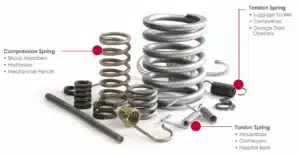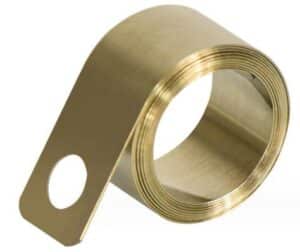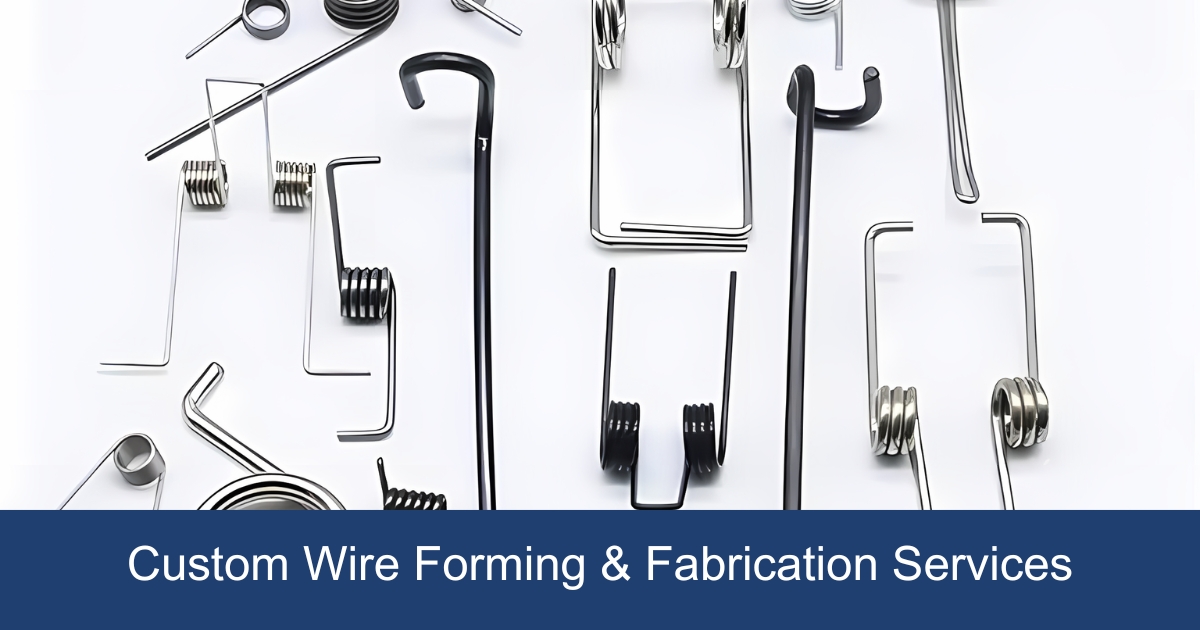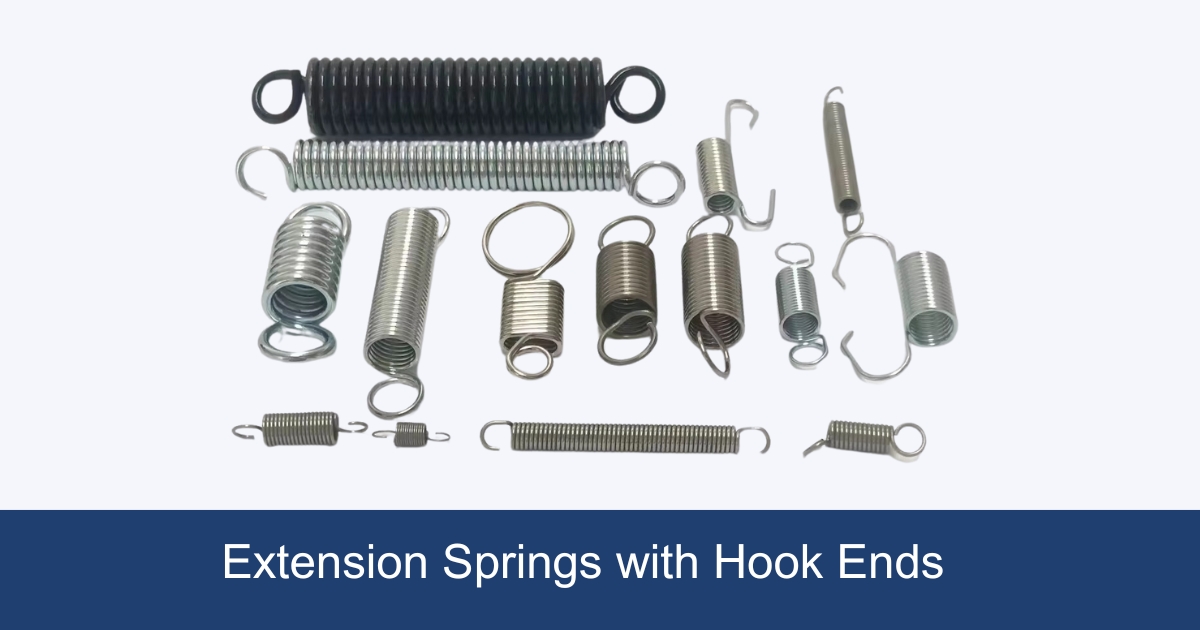In the vast world of mechanics, springs play a pivotal role across countless applications. This guide introduces the 4 types of springs—compression springs, extension springs, torsion springs, and constant force springs—highlighting their unique functions and widespread uses in different industries. Let’s dive into the mechanics that keep our world moving smoothly.

Compression Springs

Compression springs are designed to compress under a load and return to their original shape once the load is removed. They are characterized by their cylindrical shape but can be conical, barrel-shaped, or hourglass-shaped to meet specific needs. These springs are critical in applications requiring a force to be applied or when supporting a compressive load. Common uses include automotive engines, electronic devices, and medical equipment, where they ensure functionality and safety by absorbing shock and maintaining force between contacting surfaces.
Extension Springs

Extension springs store energy and exert a pulling force when stretched to their limit. They are typically equipped with hooks or loops at either end for attachment purposes. These springs are essential in mechanisms that require a controlled return to the initial position after a force has been applied. From agricultural machinery to automotive interiors and exteriors, as well as trampolines and garage door mechanisms, extension springs are versatile components that play a crucial role in the functionality of various devices by providing resistance to tensile forces.
Torsion Springs

Torsion springs operate on the principle of twisting. When a torsion spring is twisted, it stores mechanical energy, which is released when the spring returns to its original state. This type of spring is often used in applications requiring rotational force, such as clothespins, clipboards, and door hinges. In industrial applications, torsion springs can be found in manufacturing equipment and robotics, providing precise control over movements and ensuring reliable performance in high-stress environments.
Constant Force Springs

Unlike traditional springs that rely on elastic deformation, constant force springs utilize the energy stored in the material’s roll to exert a nearly constant force, regardless of the extension length. These springs are often used in applications where a constant load is required, such as in retractable devices (e.g., cable retractors, tape measures) or as counterbalances in window systems and adjustable desks. Their unique ability to provide a consistent force over a wide range of movement makes them ideal for ensuring smooth and reliable operation in various mechanical systems.
Each type of spring offers unique advantages and is suited for specific applications, underscoring the importance of understanding spring mechanics in the design and development of functional devices across industries.
Haven’t found the type of spring you’re looking for listed above? Worry not! At Zigoal, we pride ourselves on offering a wide range of custom spring solutions tailored to meet your unique requirements. Whether your project demands a specific spring type or a custom-engineered design, our team is ready to deliver high-quality, precision-crafted springs. Reach out today and let’s bring your vision to life!



